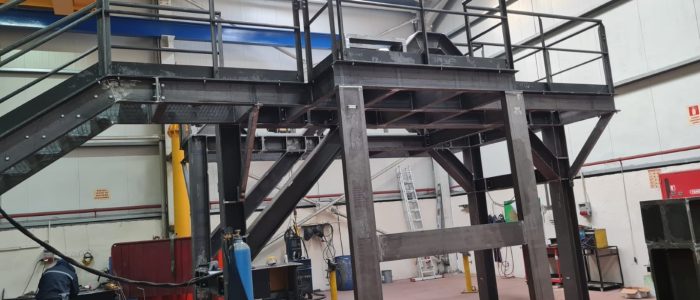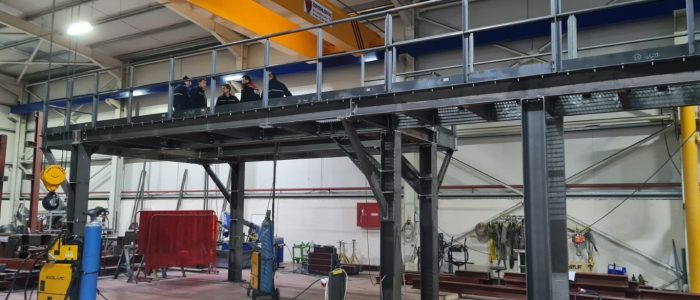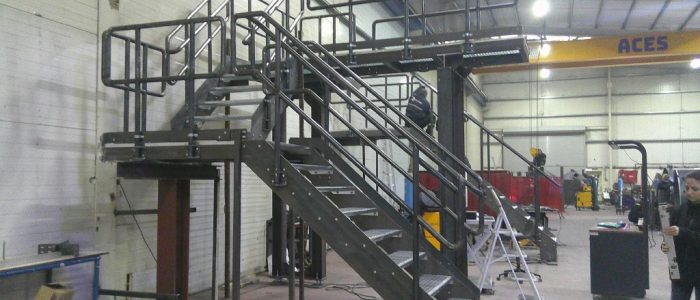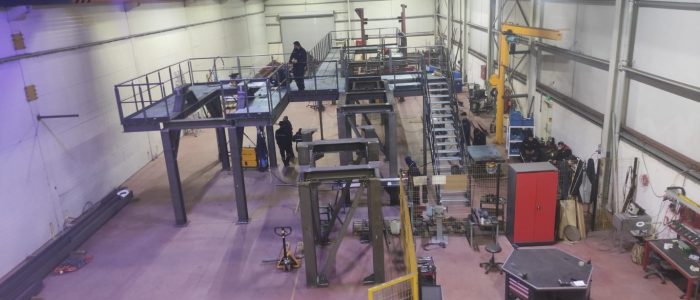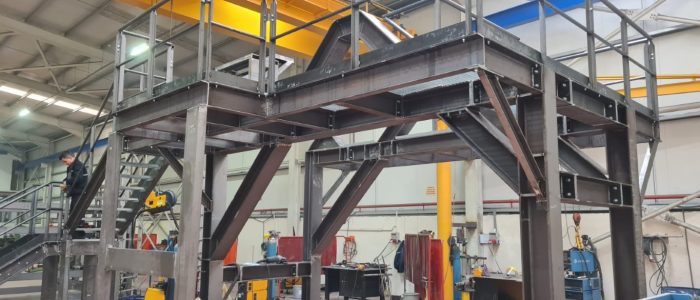Structural Steel Platforms for Heavy Equipment, Material Handling and Storage
Steelwork and equipment platforms provide substantial benefits at a fraction of the cost of moving operations into a new space. Our team experts work side by side with you to design a solution that unlocks the full potential of your new or existing facility.
Advantages of work and equipment platforms include:
*Increased storage space
*Enhanced worker productivity
*Streamlined product flow
*Faster access to critical machinery and equipment
Our experienced engineering team is equipped with a deep understanding of building codes and regulations to ensure your platform is installed safely and correctly. We provide consultation, design, fabrication, and delivery of everything from small storage platforms to highly complex work and equipment structures. We work side by side with you to design structures that completely meet your requirements and specifications.
Structural Design
Although the machinery and equipment are fixed, the steel construction varies depending on where the factory will be established.
According to your process, our engineering team designs the steel construction per your demands.
Equipment is placed on the designed construction.
Changes requested by the customer are added to the design very quickly.
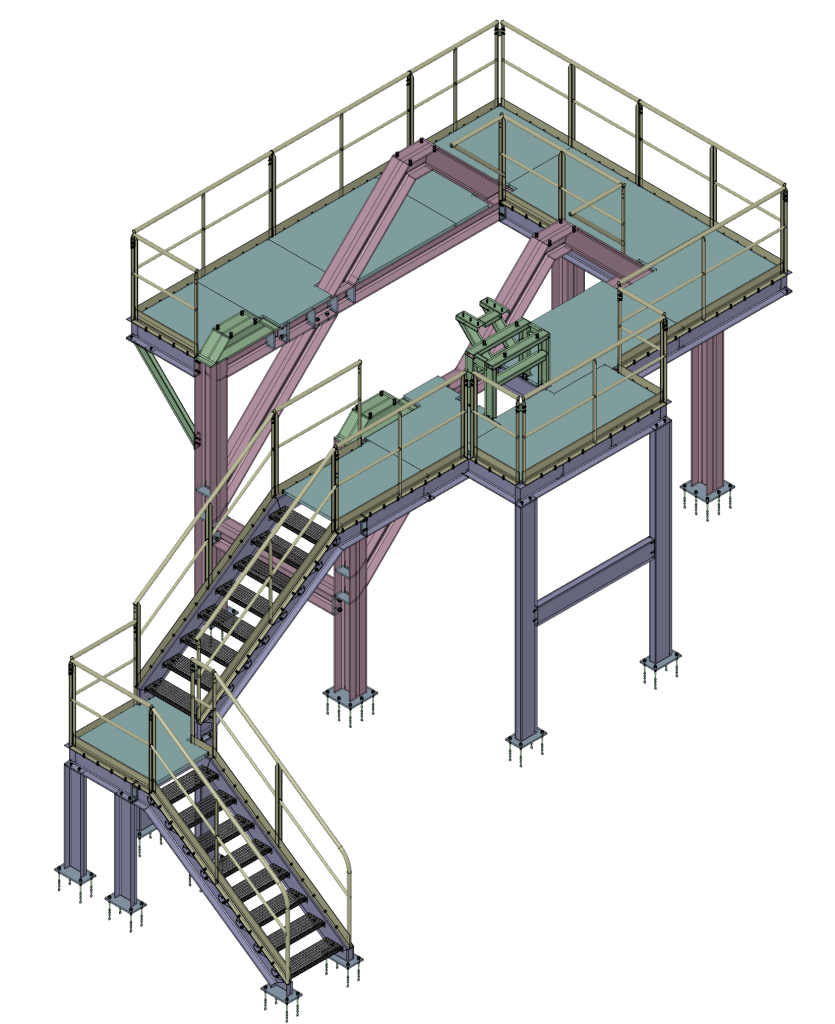
Static Calculation
Whether your structure is basic or complex, we provide the design and troubleshooting to ensure simple or complicated steel structures stand the test of time and use.
After exploring the needs of your design, we leverage extensive knowledge and experience to deliver a design that prevents issues and accomplishes the goals of your project, thoroughly discussing our recommendations so you can begin developing your structure.
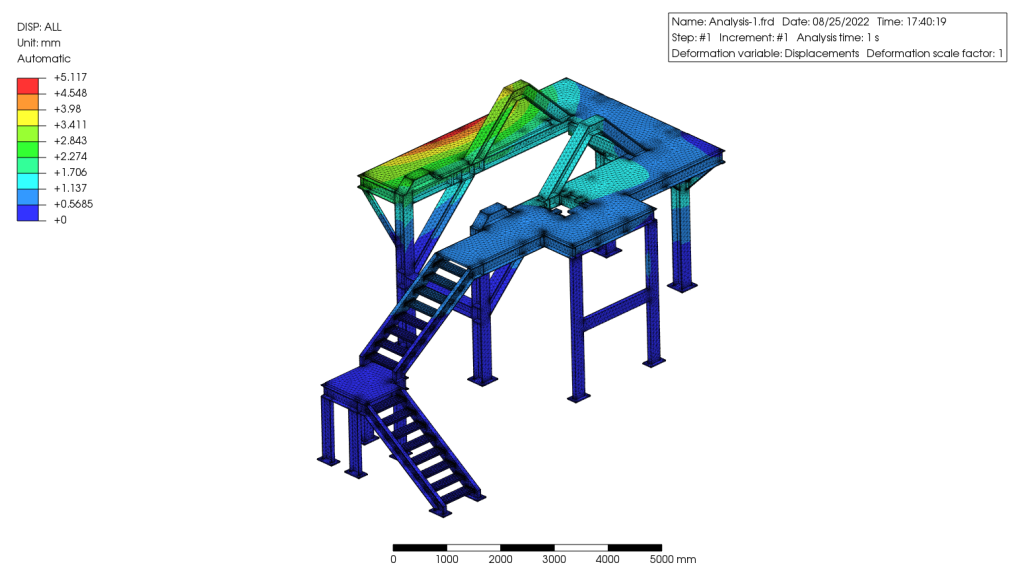
Prefabricated Manufacturing.
Aces Expert is a leading prefabricated steel building manufacturing company. We provide speedy delivery and erection of the structure. Our fixtures for pre-engineered buildings(PEB) are flexible and can withstand severe weather conditions.
Building Materials; Carbon steel, Stainless steel, Aluminium.
We are leading PEB manufacturers and suppliers in numerous Indian states, and our PEB range comprises of Prefabricated Steel Structures, Pre Engineered Building (PEB), Prefabricated Tubular Structures and Prefabricated sheds, industrial metal sheds, etc.
Prefabricated steel building’s advantages over traditional construction
Our prefabricated steel building has 100% salvage value at any time.
No on-site welding is required. Highly appropriate for industries where welding inside a plant isn’t allowed.
All the components of a prefab steel building are standardized and ready-made, so they don’t require extensive shuttering or scaffolding.
Helps in capitalizing investment early on with the help of shorter construction time.
Minimal requirement of on-site construction. Structures are built within a period of six to ten weeks.
Higher quality control with the help of standardized manufacturing.
A lot less waste is produced in comparison to traditional buildings.
PEB manufacturing modules, which are used to cast the pieces of a prefab building can be used several times.
Apart from the obvious manufacturing and erection advantages of PEBs over traditional construction, a prefabricated steel structure building is also environment-friendly:
Lower weight reduces the foundation requirement, which leads to a further reduction in the overall construction time.
Due to the use of recyclable materials, other projects can be started with the same pieces. This significantly reduces the overall cost of starting or wrapping up a project.
Higher quality materials and appropriate coating reduce the overall impact and risks of corrosion.
In traditional buildings, the overall process of expansion will eventually lead to some waste after manipulating the structure. In PEBs, new spaces can be added without extensive manipulations to the existing structure.
Quality Control
The QC process ensures that the steel structures are manufactured according to the required standards and specifications, with checks and inspections at every stage, from raw material selection to final inspection.
The steel fabrication QC process includes these steps:
Raw material inspection
Design review
Cutting and shaping
Welding and assembly
Surface finishing
Final inspection
The customer is informed about the process with weekly reports.
What is EN1090?
The EN 1090 standards are European standards that regulate the fabrication and assembly of steel and aluminum structures. Achieving accredited certification against EN 1090 is a requirement to allow the CE marking of a product. Since July Structural Steelwork and aluminum now fall under the Construction Products Regulation (CPR) and therefore must carry CE marking to demonstrate that they comply. The CPR seeks to harmonize the safety performance and ensure the traceability of construction products across the European Union (EU). It is a criminal offense to make these types of products available for sale on the European market unless they are CE Marked. Further information on this standard and how to achieve accreditation in Ireland can be found here.
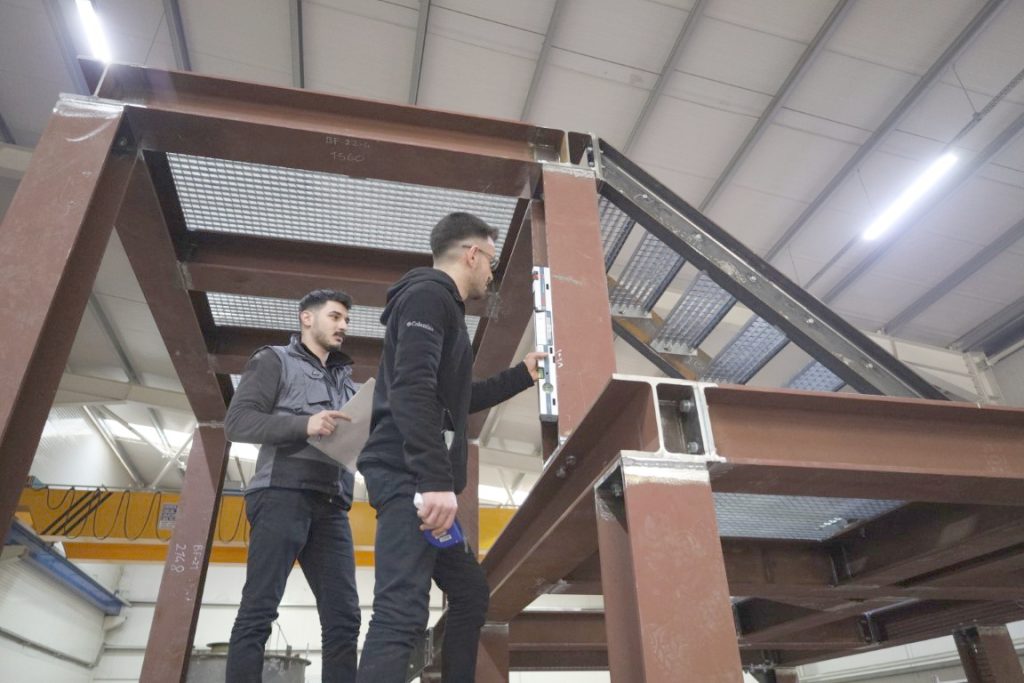
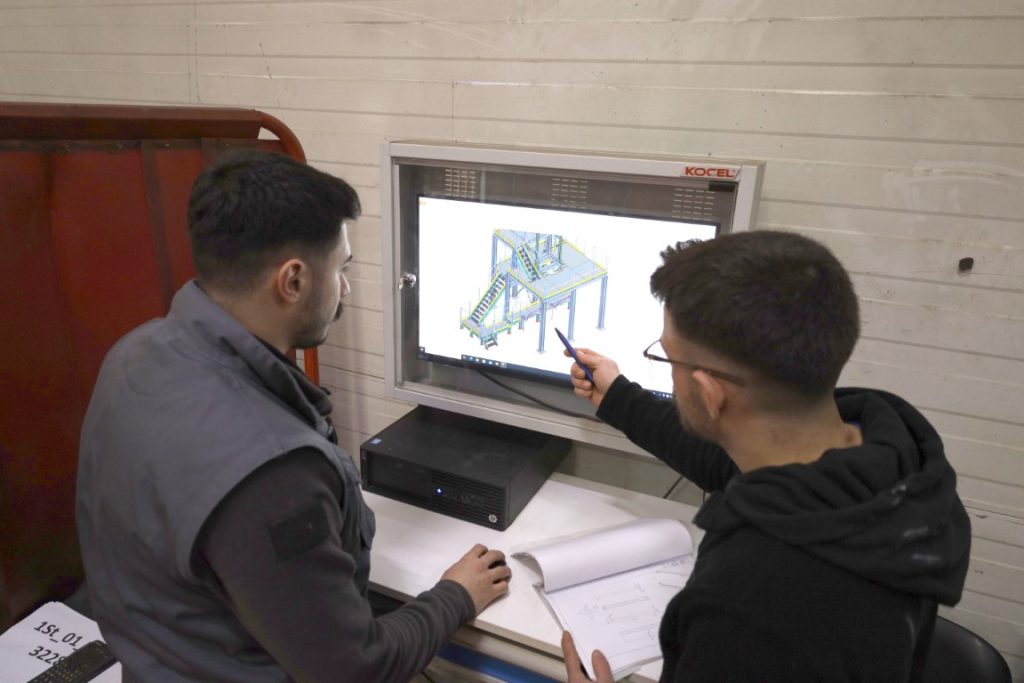
Factory Acceptance Test
Factory Acceptance Testing (FAT) is a process within the manufacturing and quality assurance phase of industrial equipment or systems. It involves a series of tests and inspections conducted by the manufacturer or supplier to ensure that the product meets the specified requirements, design criteria, and functionality before it is delivered to the customer.
Purpose of a Factory Acceptance Test
The Factory Acceptance Test is valuable for both end-users and manufacturers. It ensures the new equipment meets all agreed-upon specifications, preventing issues at the client’s site. Fixing manufacturing issues before the equipment leaves the manufacturer helps control the project’s timeline and budget. The FAT is a cost-effective solution, preferred over addressing issues after deployment.
Step 1. FAT Planning
Objective: The first step in a Factory Acceptance Test is planning. This planning happens when the manufacturer or OEM outlines what the FAT will include during the bid phase of the customer’s order. The plan, which is put into writing, covers all customer specifications, standards, and drawings.
Step 2. Engineering and Materials Documentation.
This step involves gathering and documenting all engineering and material information related to the equipment or system being tested.
Customer scope and specifications
Drawings
Data Sheets
ITP (Inspection Test Plan)
Applicable Codes / References
Checklists and Procedures specific to the FAT
Calibrations and Certifications as required by the contract
Step 3. Testing
Objective: The final step is the actual testing phase, where the equipment or system is subjected to various tests and inspections to verify its compliance with specified requirements.
Following and referencing the ITP and FAT Procedures listed above.
Raw data will be taken, recorded, and submitted to the customer.
Drawings will be reviewed with the customer or their representative.
Any NDE, Coating, Transportation, or Storage Procedures will be reviewed.
Job-specific requirements as referenced in the customer specifications.
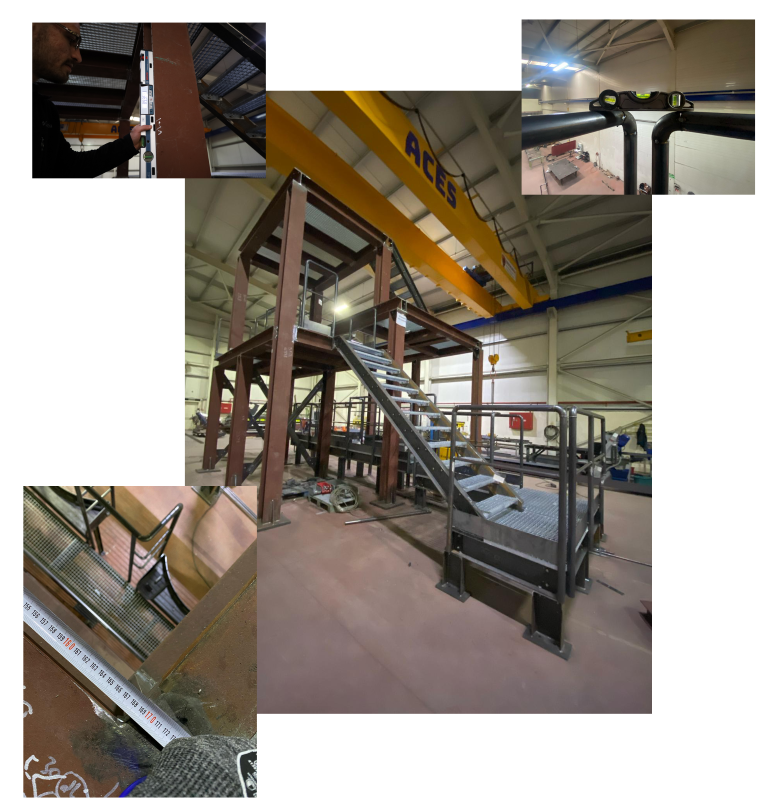
Corrosion protection
After successful completion of FAT checks, the products to be painted are subjected to a shot blasting process for sandblasting, and SA 2.5 surface roughness is obtained on the surfaces. After the sandblasting process, the products are painted according to the RAL code desired by the customer.
Once the painting process is completed, the products undergo thickness and visual control, and then the packaging process begins.
If galvanized coating is desired, the products are galvanized in certified galvanization facilities.
The products coming from your galvanizing facility are transferred to packaging after going through galvanizing thickness control, visual control, and cleaning processes.
For stainless products, passivation is applied to the products after all processes are completed.
After passivation, the acid-cleaning process is applied to the products.
If the customer has requests such as mirror polishing, these processes are carried out and the product is packaged.
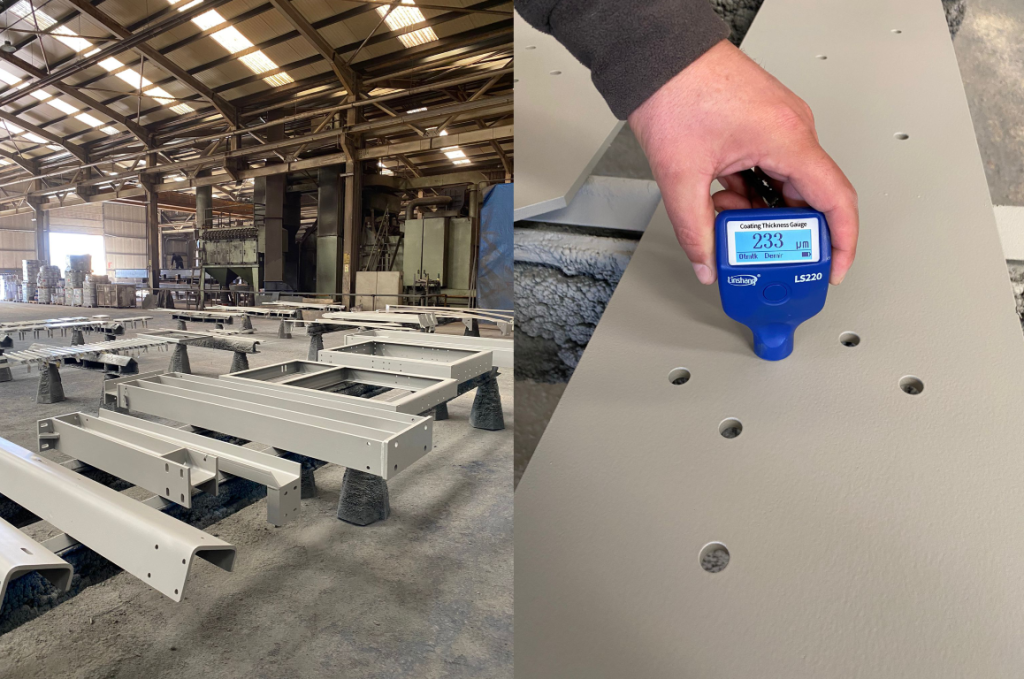
Packacing and labeling
Wooden pallets produced specifically for the products are heat treated in accordance with the region where the product will be sent.
The products are stacked on pallets so that the paints are not damaged.
Products stacked on pallets are tied for safe transportation throughout the shipping.
All products placed on the pallet are labeled according to the information taken from the product tree.
Technical documents to be used in assembly are placed in boxes and shipped to the field.
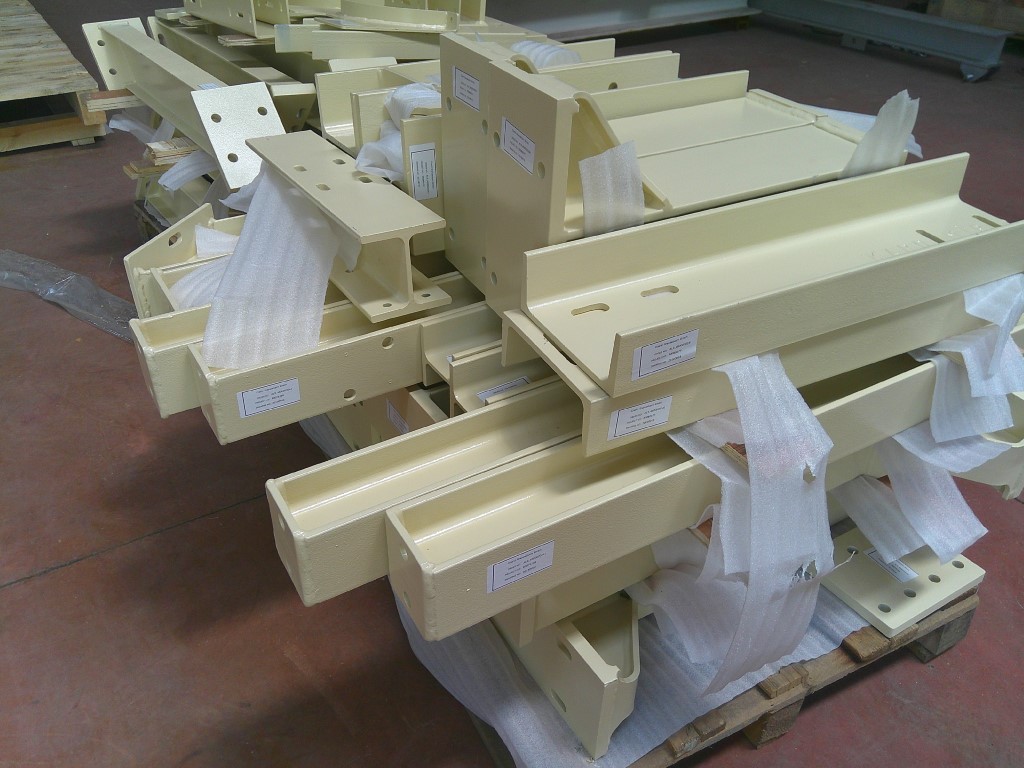
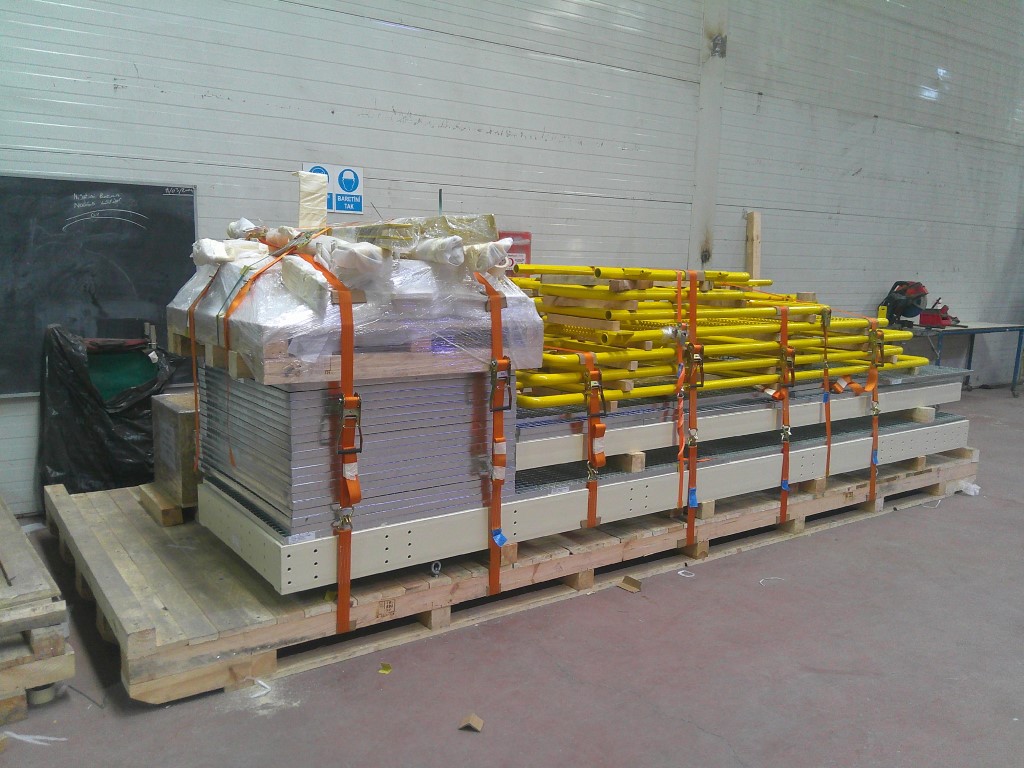
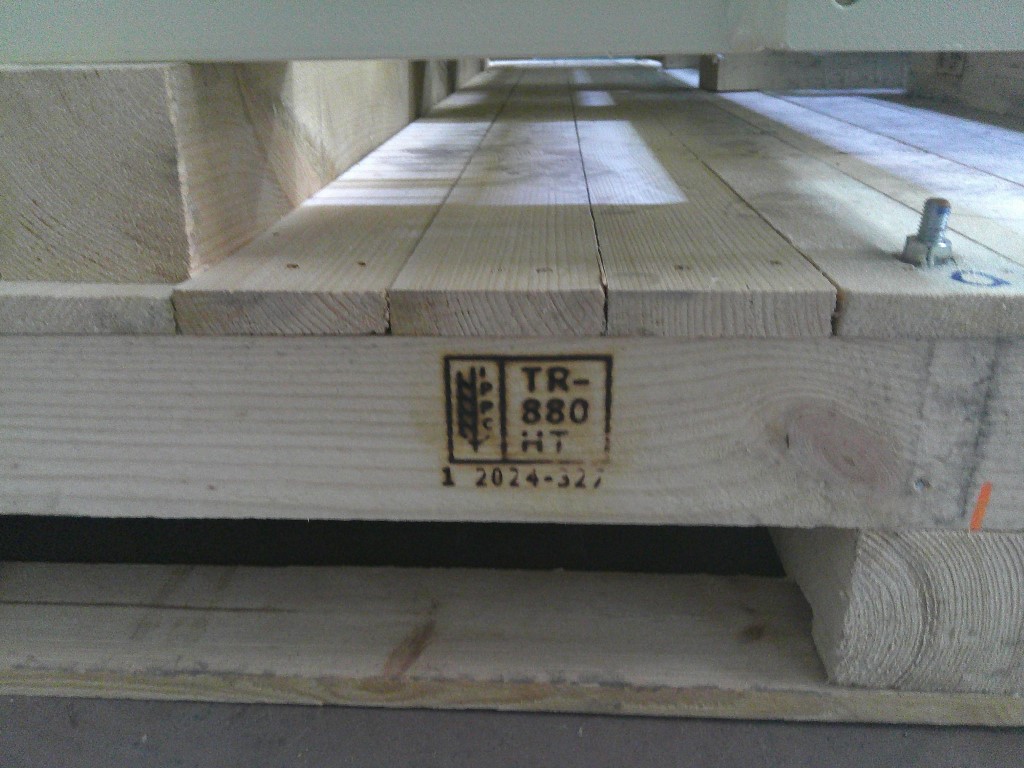
Why use structural steel
Improved productivity– Up 20% in manpower savings can be achieved at the project level by using prefabricated structural steel for construction.
Flexibility in design– Steel can span greater distance without requiring intermediate columns or load bearing walls. This enable increased flexibility when designing with steel (such as bigger open spaces for buildings).
Better construction environment– Less dust and noise as most work will be done offsite.
Improved quality control– Steel sections and joints can be manufactured according to international standards under a controlled factory environment. This results in uniform quality and minimal rework is required at site.
Environmental sustainability– Steel offers a clean, efficient and rapid construction method, which reduces the impact of building activities on the environment. All steel products are 100% recyclable.
Gallery;
